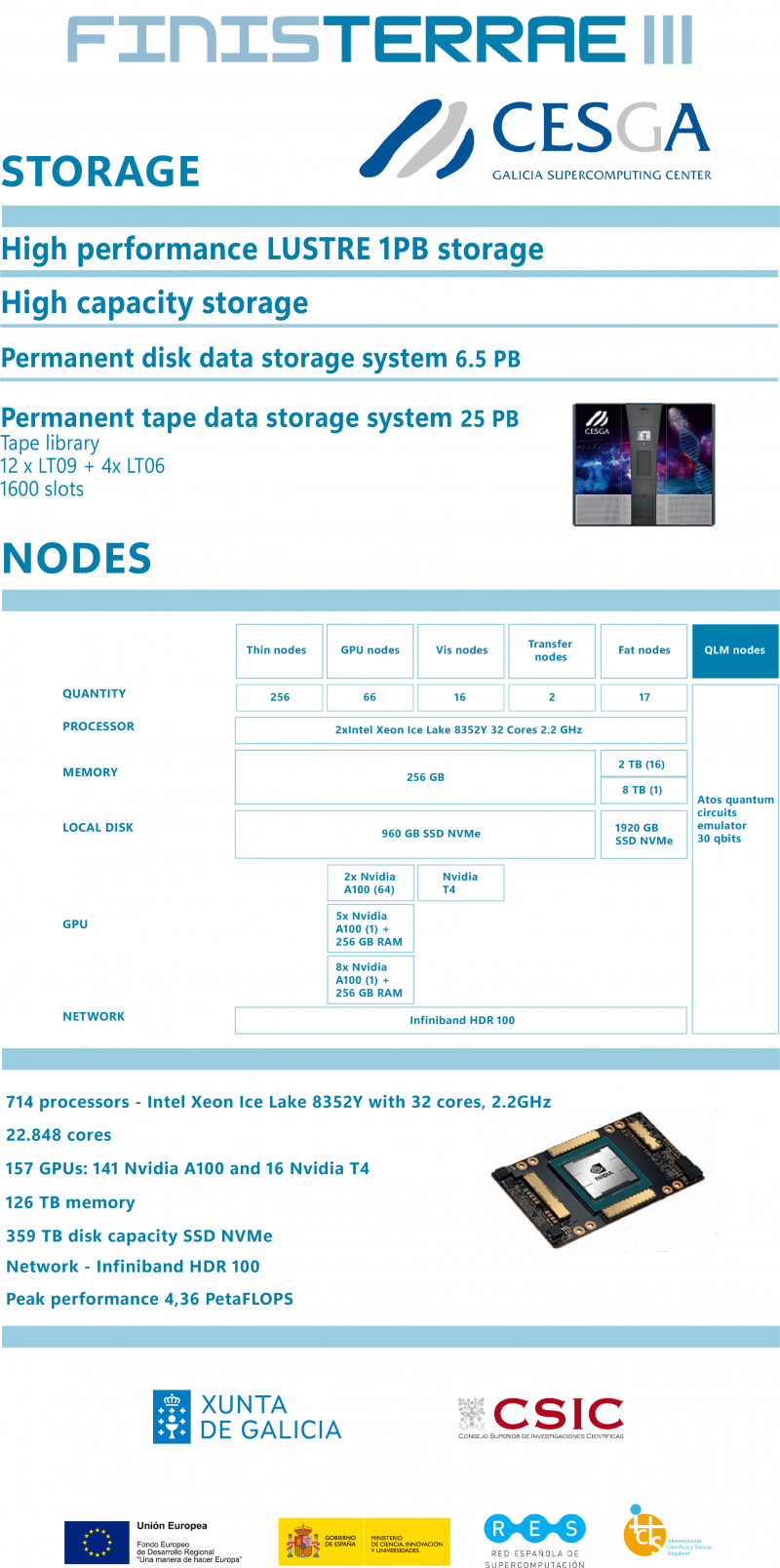Computing
CESGA has different computing platforms of different architectures to allow the researcher to always choose the architecture that best suits their calculation needs.
For simulations that require calculation of high performance and supercomputing, the FinisTerrae supercomputer offers higher performance and a high performance interconnection network for parallel work or that require the use of GPUs. It also allows simulations that require handling large volumes of data.
For application virtualization, simulations on demand or that require interacting with the user, the cloud platform offers these features and the flexibility to adapt to the requirements of different operating systems or hardware configurations.
The BigData environment, meanwhile, is optimized for the massive processing of data using the latest technologies and software oriented to data management and processing.
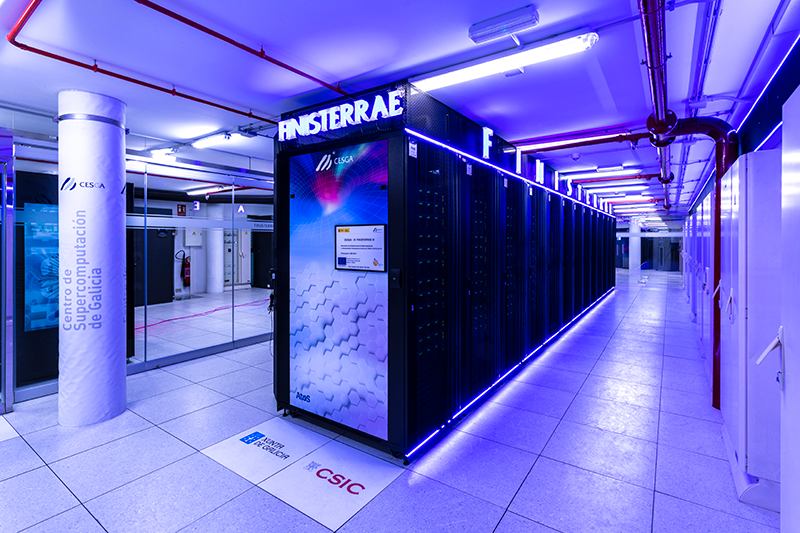
FinisTerrae is the generic name of the different generations of supercomputers at the Galician Supercomputing Center.
FinisTerrae is advanced computing equipment, integrated into the Unique Technical Scientific Facility (ICTS), Spanish Supercomputing Network (RES).
These computing infrastructures have been partially financed with funds provided by the Xunta de Galicia, the Spanish National Research Council (CSIC), the European Regional Development Fund (ERDF) and the Ministry of Science, Innovation and Universities.
In 2007, the first equipment of the FinisTerrae series was installed, which then reached position number 100 on the list of the 500 most powerful computers in the world and recognized as a Unique Technical Scientific Installation in Spain.
In 2015 the FinisTerrae II system was installed and in 2016 it was put into production. It was a Bull ATOS bullx equipment distributed in 8 racks or cabinets with 320 computing nodes, 7,712 cores, 44,544 GB of memory and 750,000 GB of high-performance Lustre storage. All processing and computing nodes were interconnected via a low-latency Mellanox Infiniband FDR network. The peak computing capacity of the device is 328,272 Gflops and the sustained performance obtained in the Linpack test is 213,000 Gflops.
In 2017, the nodes of the Galician Virtual Supercomputer (SVG) used for distributed computing tasks were integrated into the FinisTerrae II queuing system to provide a single point of access to the entire computing infrastructure of the center.
The equipment currently in service, FinisTerrae III, was installed in 2021 and put into production in 2022. It is a Bull ATOS bullx equipment distributed in 13 racks or cabinets with 354 computing nodes, 22,656 Intel Xeon Ice cores Lake 8352Y, 128 Nvidia A100 and 16 Nvidia T4 GPUs, 118TB of memory and 5,000TB of high-end Lustre storage. All nodes are interconnected via a low latency Mellanox Infiniband HDR network. The peak computing capacity of the equipment is 4 PetaFlops.”
Access
Use cases
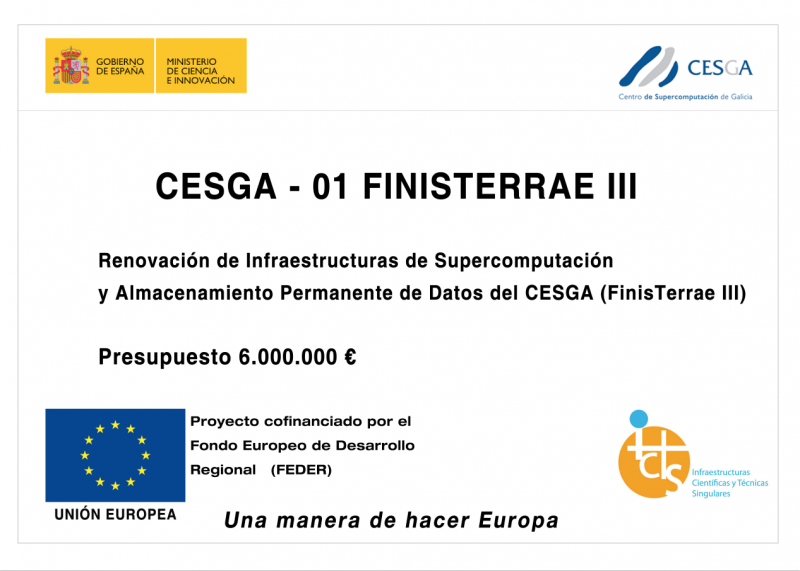
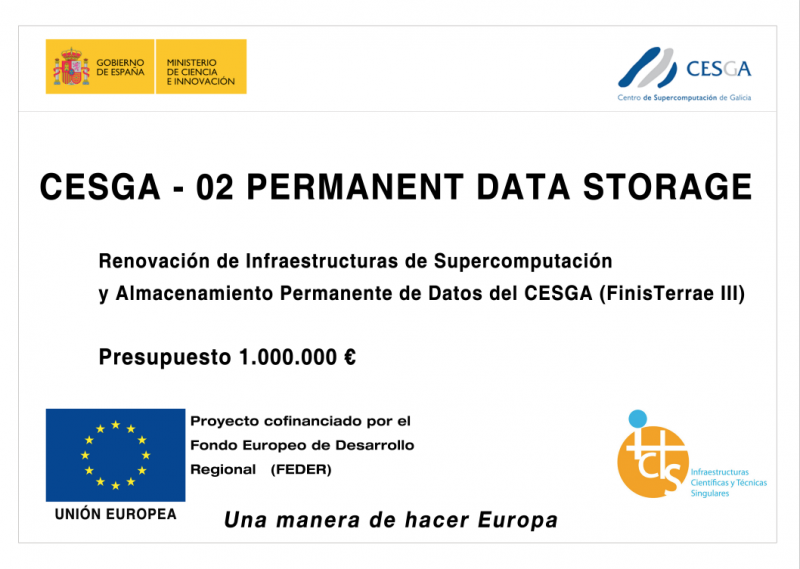
FinisTerrae is the generic name of the different generations of supercomputers of the Supercomputing Center of Galicia.
FinisTerrae is an advanced computer equipment, integrated in the Singular Technical Scientific Facility (ICTS), Spanish Supercomputing Network (RES).
These teams have been partially financed with funds contributed by the Xunta de Galicia, the Higher Council for Scientific Research, the European Regional Development Fund (ERDF) and the Ministry of Science, Innovation and Universities.
In 2007, the first equipment of the FinisTerrae series was installed, which then reached the 100th position in the list of the 500 most powerful computers in the world and recognized as the Singular Technical Scientific Installation of Spain.
The equipment currently in service, the FinisTerrae-II was installed in 2015 and put into production in 2016. It is a Bull ATOS bullx equipment distributed in 8 racks or cabinets and has 320 computer nodes, 7,712 cores, 44,544 GB of memory and 750,000 GB of high performance storage Luster. All processing and computing nodes are interconnected through a Mellanox Infiniband FDR low latency network. The peak computing capacity of the equipment is 328,272 Gflops and the sustained performance obtained in the Linpack test is 213,000 Gflops.
In 2017, the Galician Virtual Supercomputer (SVG) nodes used for distributed calculation tasks were integrated into the FinisTerrae-II queue system to provide a single point of access to the entire computing infrastructure of the center.
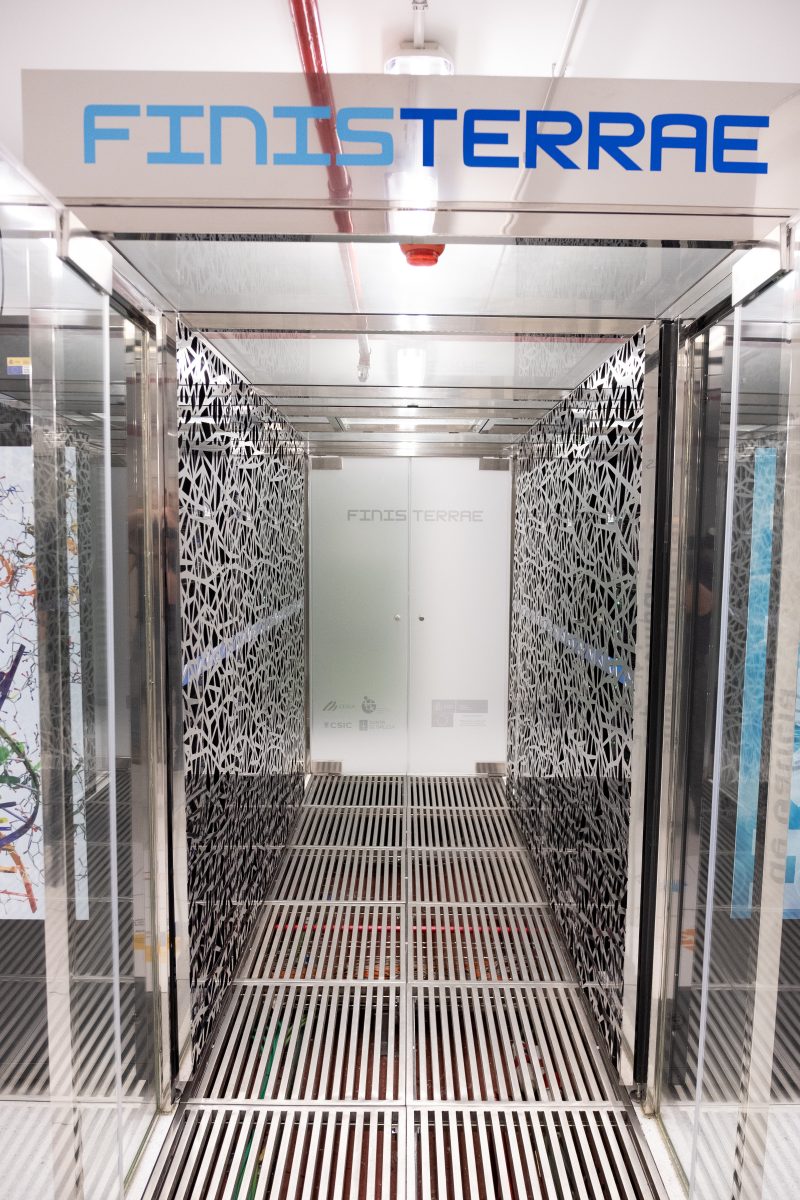
Access
Use cases
The Cloud infrastructure is composed of a set of servers and storage systems in which it is possible to provide users with a virtual computing infrastructure that can be customized to the end user requirements: operating system, number of processors, memory, disk and Number of nodes are determined to suit the user dynamically.
OpenNebula software is used for system management and a graphical interface is available to simplify its use to end users, in addition to a command line interface for more advanced users.
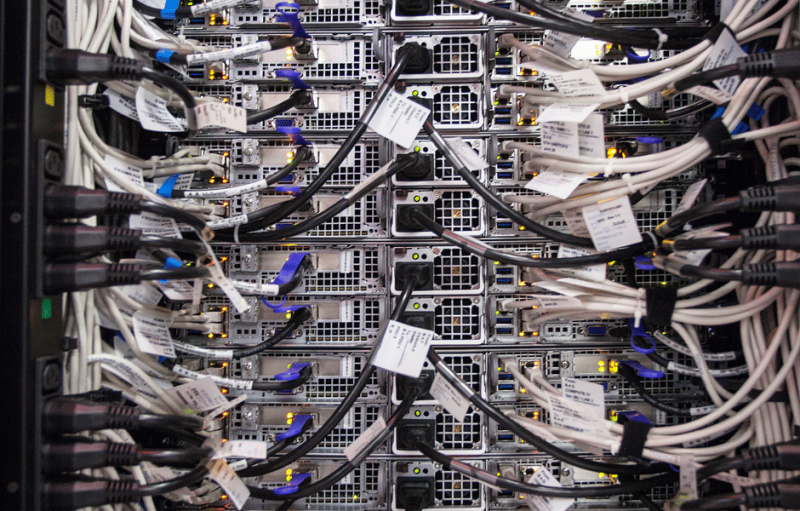
The Big Data infrastructure allows the processing of large volumes of information in parallel, using the power of modern tools that greatly simplify the process.
The service has two different environments to meet the needs of all users:
CDH 6.1.1 (Hadoop 3) environment: Delivers a Hadoop 3-based platform that supports the core components of the Hadoop ecosystem.
The infrastructure is composed of a dedicated cluster of 38 nodes (4 frontend nodes and 34 data nodes). It has a raw capacity of 6732 TB and an aggregate I/O capacity of more than 30 GB/s and has a 10 GbE connection between all nodes in the cluster.
The platform has a web interface (WebUI) to simplify the use of the platform to new users who have not had previous contact with Big Data tools. The WebUI allows you to perform the most common tasks in a simple way and is a complement to the command line.
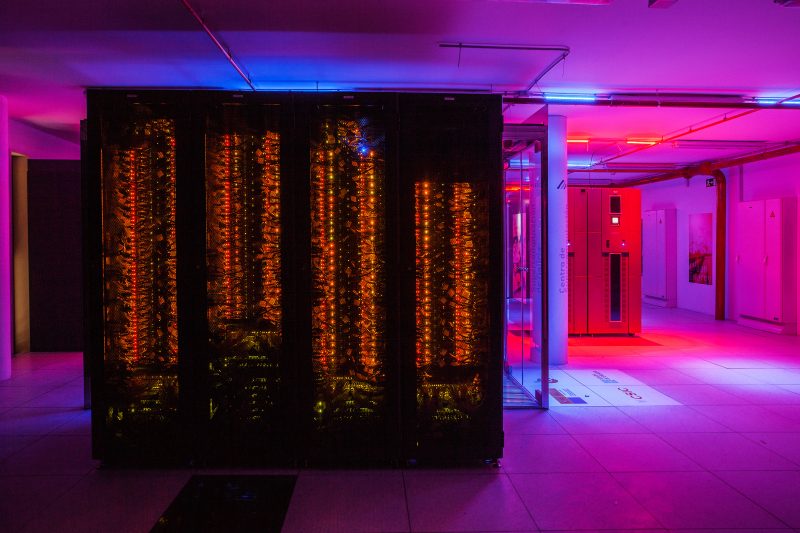
Access to the user guide: https://cesga-docs.gitlab.io/bigdata-user-guide/index.html
More information: https://bigdata.cesga.es


